Summary
The Sacramento-San Joaquin Delta, as portrayed in Erle Stanley Gardner’s writings, faces significant threats due to proposed changes in water management policies. While Gardner’s beloved Delta has largely survived for 50 years after his death thanks to environmental protections, recent developments could dramatically alter its ecosystem and recreational value.
On his first day in office, the president signed an executive order directing federal agencies “to route more water” from the Sacramento-San Joaquin Delta to other parts of the state – an effort to change the environmental protections of the smelt, a tiny fish on the Endangered Species List.
Trump says military ‘turned on the water’ in California. State officials say that’s false.
Background
Erle Stanley Gardner (1889-1970) was a prolific American author and lawyer, best known for creating the iconic fictional lawyer-detective Perry Mason. However, his importance to boaters stems from his passion for maritime adventures and his writings about his experiences on the water.
Gardner’s Maritime Connection
Gardner was a seasoned yachtsman with a complex relationship with sailing. Despite suffering from severe seasickness, which he humorously described himself as an expert in, his adventurous spirit drove him to embark on numerous nautical journeys1. He sailed to various destinations, including Hong Kong, Manila, Alaska, and the Baja California peninsula1.
Books for Boaters
In his later years, Gardner focused on more peaceful ventures along the Sacramento Delta, which inspired him to write three books about his experiences:
- “The World of Water”
- “Gypsy Days on the Delta”
- “Drifting down the Delta”
These books are not traditional travel guides or adventure stories, but rather journal-like accounts of Gardner’s leisurely explorations of the Delta’s inland waterways1. They offer readers a glimpse into the early history of the area, including the era when riverboats were the primary means of commerce between San Francisco, Stockton, and Sacramento1.
Importance for Boaters
Gardner’s Delta books are significant for boaters for several reasons:
- Historical perspective: They provide insights into the maritime history of the Sacramento Delta region.
- Personal experiences: Readers can learn from Gardner’s firsthand accounts of navigating the waterways.
- Local knowledge: The books offer information about local establishments, such as Giusti’s Place, which Gardner frequently mentioned as his favorite Delta hangout1.
- Visual documentation: The books contain numerous personal photographs of friends, watercraft, and scenery from the Delta’s past1.
The Sacramento-San Joaquin Delta is the hub of California’s two largest surface water delivery projects, the State Water Project and the federal Central Valley Project. The Delta provides a portion of the drinking water for 27 million Californians and irrigation water for large portions of the state’s $50 billion agricultural industry.
Other Notable Works
While his boating-related books are of particular interest to maritime enthusiasts, Gardner was primarily known for his prolific output of mystery novels. Some of his most famous works include:
- The Perry Mason series (85 novels)
- The Donald Lam-Bertha Cool mystery series (published under the pseudonym A. A. Fair)
- Various pulp fiction stories and novellas
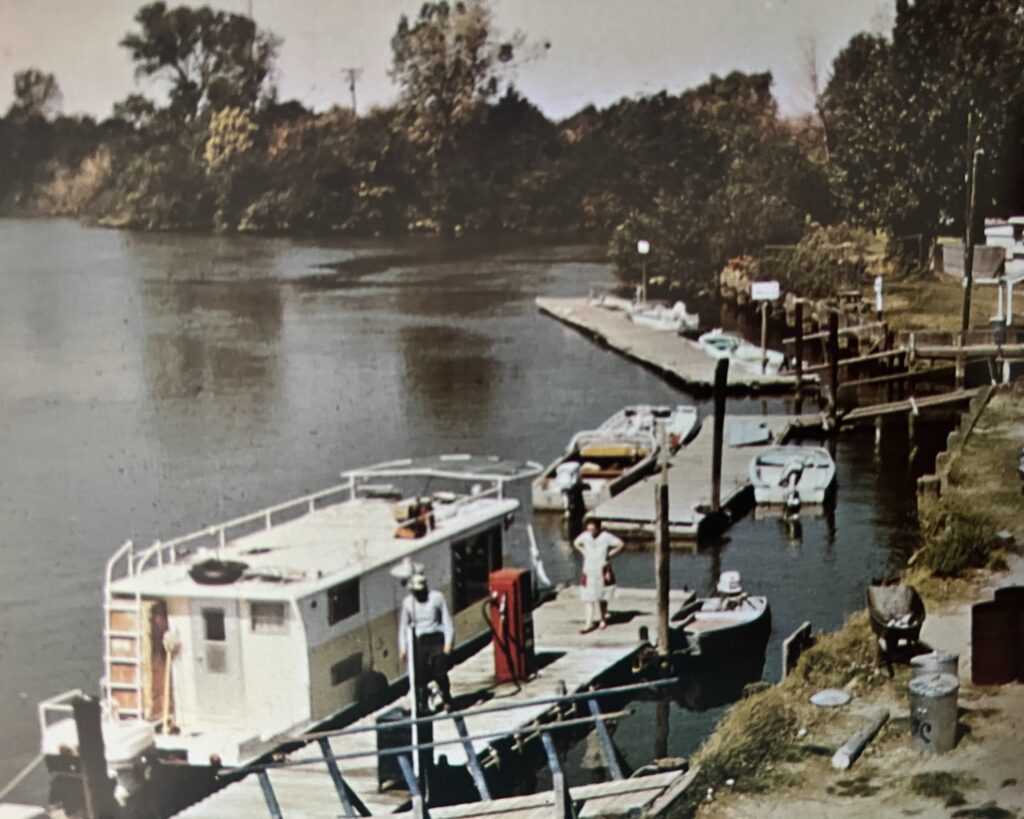
By the time of his death, Gardner had become one of the most widely read American authors, with his books selling millions of copies worldwide25. His Perry Mason novels, in particular, were incredibly popular, selling at a rate of 20,000 copies per day in the mid-1950s2. In addition to his fiction, Gardner also wrote nonfiction books about his travels through Baja California and other regions in Mexico, further demonstrating his love for exploration and adventure5.
Summary of Gardner’s Delta Books
Erle Stanley Gardner, best known for his Perry Mason novels, wrote three books about his experiences exploring the Sacramento Delta:
- “The World of Water”
- “Gypsy Days on the Delta”
- “Drifting down the Delta”

These books offer a unique perspective on the Sacramento Delta region, focusing on Gardner’s leisurely adventures along its inland waterways. The books are characterized by:
- Journal-like accounts of Gardner’s explorations
- Insights into the early history of the area
- Information about local establishments, such as Giusti’s Place, Gardner’s favorite Delta hangout
- Numerous personal photographs of friends, watercraft, and scenery from the Delta’s past
- Stories about the era when riverboats were the primary means of commerce between San Francisco, Stockton, and Sacramento
Gardner’s writing style in these books is more relaxed and personal compared to his mystery novels, offering readers a glimpse into his passion for maritime adventures and his love for the Delta region.
Availability
Unfortunately, these books are currently out of print and not widely available. They were published several decades ago, and there is no information suggesting recent reprints or digital editions. Finding copies of these books may require:
- Searching used bookstores
- Checking online marketplaces for second-hand copies
- Inquiring at local libraries, especially those in the Sacramento Delta region

While physical copies might be challenging to find, it’s worth noting that some libraries may have preserved these books in their local history or special collections sections. However, there is no indication that these specific titles are available online in e-book format or as part of any digital library collection. Given their historical and regional significance, these books remain valuable resources for those interested in the Sacramento Delta’s maritime history and culture, despite their limited availability2. And they are particularly important now that Trump is president.
Water Diversion Policies
President Trump’s recent directive aims to “route more water” from the Delta to Central Valley farms and Southern California cities, potentially reducing freshwater flows into the Delta. This policy shift could:
- Increase saltwater intrusion from San Francisco Bay
- Alter the delicate balance of the Delta ecosystem
- Affect water quality for boating and recreation
Environmental Impact
The proposed changes could have severe consequences for the Delta’s ecology:
- Endangered species like the Trump-hated delta smelt and chinook salmon may face increased risk
- Changes in water quality could affect the overall health of the waterway
- Reduced freshwater flows might alter the character of the Delta’s cruising grounds
Saltwater intrusion poses significant long-term threats to the biodiversity of the Sacramento-San Joaquin Delta, as seen in other deltas worldwide. Key impacts include:
- Habitat Transformation: Freshwater wetlands may convert into brackish or saltwater marshes, leading to a loss of tidal freshwater plant communities and reduced biodiversity24.
- Species Displacement: Non-salt-tolerant species, including fish, plants, and invertebrates, may decline or disappear, while salt-tolerant species migrate inland48.
- Soil and Water Chemistry Changes: Increased salinity can alter soil microbial communities, reduce nutrient availability, and degrade water quality, further stressing ecosystems45.
These changes threaten the Delta’s ecological balance and its role as a critical habitat for numerous species.

Potential Loss of Recreational Value
The Delta that Gardner loved and wrote about could be significantly altered:
- Changes in water quality might affect boating experiences
- Ecological shifts could impact fishing and wildlife viewing opportunities
- The unique character of Delta communities might change with altered water conditions
Mitigating Factors
While the threats are serious, several factors help preserve aspects of Gardner’s Delta:
- Legal challenges from the state of California and environmental groups
- Existing environmental protections and regulations
- Ongoing efforts to balance water needs with ecosystem preservation

For example the drought salinity barrier project addressed saltwater intrusion in the Sacramento-San Joaquin Delta by constructing rock-fill barriers, such as the one installed on West False River during the 2021–2022 drought. These barriers are designed to:
- Limit Saltwater Intrusion: The barrier physically blocks high-salinity water pushed into the Delta by tidal forces, protecting water quality for agriculture, municipal supplies, and environmental needs125.
- Conserve Freshwater Supplies: By reducing the need for upstream reservoir releases to repel saltwater, the barrier helps preserve critical freshwater storage for other uses, including drinking water and ecosystem protection24.
- Protect Water Quality: It prevents salinity levels from rising in the Central and South Delta, ensuring water remains usable for millions of Californians and Delta agriculture2.
While effective in reducing salinity, these barriers can alter tidal flows, impact ecosystems, and require careful planning to balance benefits with potential ecological trade-offs15.

This state park northeast of the San Francisco Bay Area covers a maze of waterways and countless islands and marshes. It includes a protected marsh, Frank’s Tract, that is home to beaver, muskrat, river otter, mink and 76 species of birds. It’s also a prime spot for watersports, including all sorts of boating. There are over 140 campsites, making it the largest campground in the area. Both tent campers and RV campers are welcome.
Trump’s Presidency
In the first hours of his second term, Trump called on federal officials to draft plans to route more water to the crop-rich Central Valley and densely populated cities in the southern part of the state. Two days later he threatened to withhold federal disaster aid unless California leaders change the state’s approach on water.
Trump targets California water policy as he prepares to tour LA fire damage
Trump’s proposed policies could significantly influence the future management of the Sacramento-San Joaquin Delta in several ways:
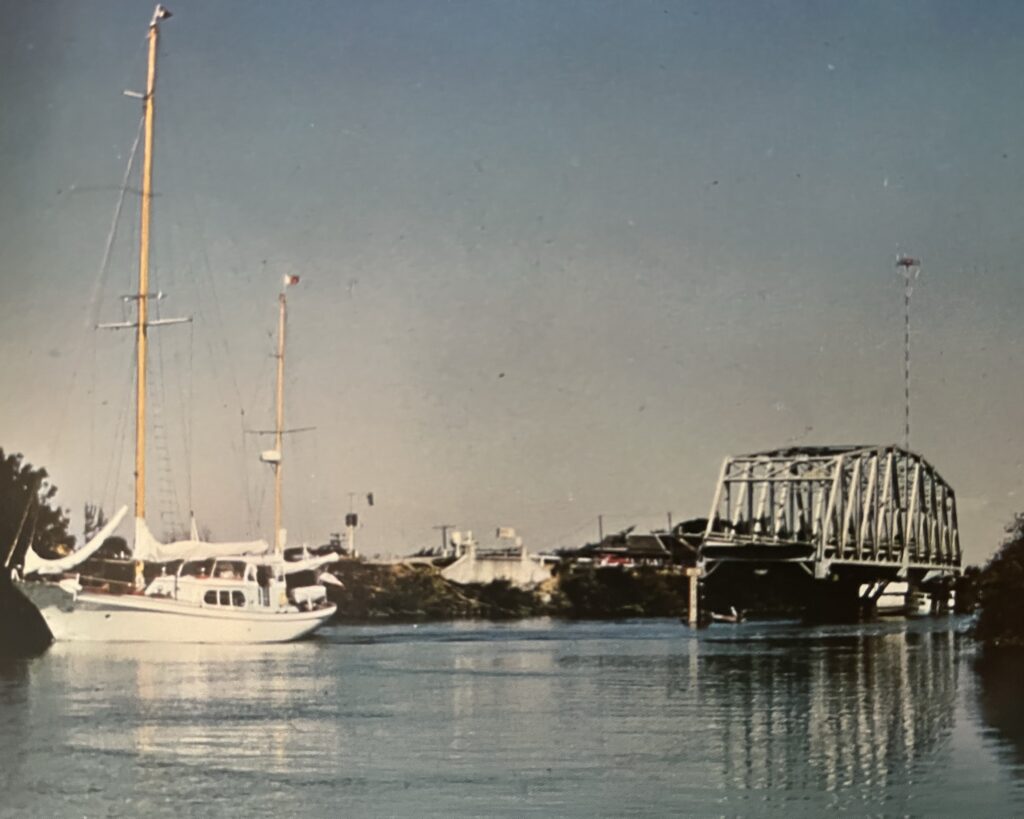
Water Allocation Changes
- Trump’s directive aims to “route more water” from the Delta to Central Valley farms and Southern California cities15.
- This could lead to increased water diversions from the Delta, potentially altering its ecological balance.
Environmental Protection Rollbacks
- The policy seeks to prioritize water supply for human use over environmental concerns, as evidenced by the “Putting People Over Fish” slogan24.
- This approach may weaken protections for endangered species like the delta smelt and salmon.

Regulatory Framework Overhaul
- Trump’s order calls for restarting work from his first administration to revise the rules governing water delivery systems13.
- This could lead to a lengthy process of rewriting the operational frameworks for the Central Valley Project and State Water Project.
Two complex systems of dams and canals channel rain and snowmelt from the mountains in the north and route it south. One is managed by the federal government and known as the Central Valley Project, while the other is operated by the state of California and known as the State Water Project.
Both transport water through the Sacramento-San Joaquin River Delta, an estuary that provides critical habitat to fish and wildlife including salmon and the delta smelt, one of Trump’s fascinations.
Ibid.
Legal Challenges
- Previous attempts by Trump to alter California water regulations were successfully challenged in court by the state and conservation groups15.
- Similar legal battles are likely if the new policies are implemented, potentially delaying or blocking changes.
Joe Biden’s administration issued its own rules in December that environmental groups said provided modest improvements over those of the first Trump administration.
Ibid.
Conflict with State Policies
- Trump’s approach conflicts with recent rules established by the Biden and Newsom administrations, which have widespread support among Southern California cities and some Central Valley agricultural groups3.
- This could lead to increased tension between federal and state water management strategies.
Long-term Ecological Impact
- Increased water diversions could potentially harm the Delta’s ecosystem, affecting endangered fish species and the overall health of the estuary13.
- This may have long-lasting consequences for the region’s biodiversity and environmental stability.
Political and Economic Implications
- As mentioned, Trump’s policies have garnered support from some agricultural interests, like the Westlands Water District, while facing opposition from environmental groups and state officials3.
- This divide could intensify the ongoing debate over water allocation in California, affecting future policy decisions and economic planning in the region.

President Trump’s policies could have mixed impacts on the livelihoods of farmers in California’s Central Valley:
Positive Impacts
- Increased Water Access: Trump’s executive order aims to reroute water from the Sacramento-San Joaquin Delta to Central Valley farms, potentially providing more reliable water supplies for irrigation35. This could benefit farmers struggling with water scarcity due to drought and environmental restrictions.
- Reduced Environmental Regulations: Policies prioritizing agricultural water use over endangered species protections, such as for the delta smelt, may allow farmers greater flexibility in water usage5.
Negative Impacts
- Retaliatory Tariffs: Tariffs on imports, particularly from China, have led to retaliatory tariffs on U.S. agricultural exports, including almonds and other crops. This has reduced international demand and lowered prices for Central Valley farmers12.
- Labor Shortages: Immigration policies targeting undocumented workers could exacerbate labor shortages in agriculture, where nearly half the workforce is undocumented. This may increase production costs and reduce farm output4.
Conclusion
While increased water access may provide short-term relief for Central Valley farmers, tariffs and labor shortages could undermine their economic stability. Additionally, environmental concerns about water diversion may lead to long-term ecological challenges that could impact farming sustainability.
These potential changes highlight the complex interplay between water management, environmental protection, and economic interests in the Sacramento-San Joaquin Delta region.
Go now!
Several guidebooks and resources for the Sacramento-San Joaquin Delta are currently in print or available for navigation and exploration:
- The Sacramento River Boating Guide by Bill Corp
- Features 43 detailed charts and local knowledge, covering the area from Rio Vista to Knights Landing4.
- The Delta: Suisun Bay, Sacramento and San Joaquin Rivers by Fish-n-Map Company
- A waterproof foldout chart with GPS data, ideal for boaters navigating the Delta4.
- The California Delta Boaters Map and Visitors Guide
- Published by the Sacramento Chamber of Commerce, this foldout chart includes boating services and navigation tips4.
These resources provide essential information for planning boating trips, including water depths, bridge clearances, and points of interest.
by Camille von Kaenel on
While boating to visit bars and locations loved by Erle Stanley Gardner, you can also explore several shipwrecks and historic wreck sites scattered across the Sacramento-San Joaquin Delta. These wrecks are remnants of the Delta’s rich maritime history:
- USS Stockton (PG-59)
- A former U.S. Navy gunboat scuttled in the Delta. Its remains can be found near Antioch, offering a glimpse into naval history.
- Suisun Bay Mothball Fleet
- Near Benicia, this collection of retired ships includes vessels from World War II and beyond. Though not directly in the Delta’s main waterways, it’s a fascinating detour for history enthusiasts.
- Abandoned Riverboats
- The Delta is home to various abandoned riverboats and barges, particularly along sloughs like Steamboat Slough and Georgiana Slough. These vessels often date back to the early 20th century when riverboats were vital for transport and commerce.
- Ghost Fleet of Decker Island
- Near Rio Vista, this area contains remnants of old barges and dredges used during the construction of levees and waterways in the Delta.
- Wooden Hulks at Brannan Island
- Near Brannan Island State Recreation Area, you may spot decaying wooden hulls of old fishing boats or barges that once operated in the region.

This combination of historic wrecks and Gardner-inspired destinations creates a unique adventure blending the Delta’s maritime past with its cultural charm.
- Some wrecks are accessible by boat, while others may require careful navigation through shallow or less-traveled waterways.
- Be cautious when approaching wreck sites, as they may pose navigational hazards.
- Pair these stops with visits to iconic bars like Giusti’s Place, Al the Wop’s, and others Gardner loved for a mix of history, culture, and leisure.
There are a few unique shops and markets that you can explore, offering a glimpse into Delta culture:
- Locke Historic District (Locke)
- Visit small shops and galleries in this historic Chinese-American town. Highlights include antique stores and art galleries showcasing local craftsmanship.
- Delta Farmers’ Markets (Seasonal)
- Depending on the season, you may find roadside stands or farmers’ markets selling fresh produce, honey, and artisanal goods from the Delta region.
- Isleton Shops
- Explore small antique stores and local boutiques in Isleton, known for its historic charm.
These stops and the landmarks listed below add a mix of history, culture, and local flavor to your boating adventure.
- Locke Historic District (Locke)
- A preserved Chinese-American town with unique architecture, including the Dai Loy Gambling House Museum and Locke Chinese School4.
- Grand Island Mansion (Walnut Grove)
- A stunning Italianate estate offering a glimpse into the Delta’s opulent past4.
- Benson’s Ferry Site (Mokelumne River)
- A historic ferry crossing that played a vital role in early Delta transportation4.
- Rio Vista Museum (Rio Vista)
- Showcasing the history of Rio Vista and its connection to the Delta’s development4.
- Western Railway Museum (Suisun City)
- Walnut Grove Chinese-American Historic District
- Highlights the contributions of Chinese immigrants to the Delta’s development4.
These landmarks combine historical depth with scenic beauty, enriching your Delta adventure.
Giusti’s Place was a historic restaurant and bar located in Walnut Grove, California, in the heart of the Sacramento-San Joaquin Delta. It was a beloved establishment with a rich history and strong ties to the local community and Delta culture. Giusti’s was:
- The oldest bar and restaurant in the California Delta
- Family-owned and operated for four generations
- Known for its family-style lunch and dinner service
- A favorite hangout of author Erle Stanley Gardner, who frequently mentioned it in his Delta-themed books
Martinez is considered a key entry point to the Delta region. The city is positioned at the western terminus of the Delta, where the San Joaquin and Sacramento Rivers converge before entering Suisun Bay. The Martini is widely believed to have been invented at a saloon in Martinez, California, by bartender Julio Richelieu around 1870. According to local lore, Richelieu created the “Martinez Cocktail” when a miner paid for whiskey with gold nuggets and complained about the cost. To make up the difference, Richelieu mixed a drink of gin, vermouth, bitters, and an olive, naming it after the town136. A plaque at 911 Alhambra Avenue in Martinez commemorates this claim, though its origins remain debated. The distance between 911 Alhambra Avenue, Martinez, CA (the site of the Martini plaque) and Giusti’s Place in Walnut Grove, CA, is approximately 55 miles by road. Travel time by car would typically take about 1 hour and 15 minutes, depending on traffic conditions.
Giusti’s Place was renowned for several distinctive culinary traditions:
- Classic Italian American menu featuring three-course dinners
- Complimentary minestrone soup served with every meal
- Lamb shanks with polenta (highlighted by Guy Fieri as “beyond fall of the bone tender”)
- Homemade recipes, including “Grandma’s minestrone”
The restaurant was famous for its eclectic decor, which included:
- 1,500 baseball caps hanging from the ceiling
- Walls covered with autographed photos of celebrities like Ronald Reagan, Jay Leno, and Mickey Mantle
- A bar atmosphere described as “like a country club at lunchtime”
Unfortunately, Giusti’s Place no longer exists in its original form. On September 9, 2021, a devastating fire destroyed the historic building that had housed the restaurant since 191278. The cause of the fire was under investigation at the time, but the loss was significant for the local community and Delta enthusiasts.
The restaurant began informally around 1912, with the Giusti family initially feeding local workers and friends before officially charging for meals around 1940. It was a beloved community gathering spot that maintained its family-owned character for four generations, offering consistent food and strong local camaraderie until its tragic destruction by fire in September 2021.The restaurant gained national recognition when featured on the Food Network’s “Diners, Drive-Ins and Dives” in 2009, further cementing its reputation as a unique Delta dining destination.
The Delta: Then and Now
The Sacramento-San Joaquin Delta has undergone significant changes since the time Erle Stanley Gardner wrote about it in his books. However, many aspects of the Delta’s character and appeal remain similar:
- Waterways: The Delta still boasts an extensive network of inland waterways, which continue to be used for recreation and transportation.
- Agricultural landscape: Much of the Delta remains agricultural, with many islands and tracts dedicated to farming, similar to what Gardner would have experienced.
- Historical significance: The region maintains its rich historical importance, with many areas preserving their early 20th-century character.
- Recreational opportunities: The Delta continues to be a popular destination for boating, fishing, and other water-based activities.

However, some notable changes have occurred:
- Land subsidence: Many Delta islands have continued to sink due to soil decomposition, increasing flood risks and altering the landscape2.
- Water management: The Delta has become increasingly important for California’s water supply system, with major diversions and complex water management strategies2.
- Climate change impacts: Rising sea levels and changing precipitation patterns are affecting the Delta’s ecosystem and hydrology2.
- Loss of historic establishments: The loss of iconic places like Giusti’s represents a change in the cultural landscape of the Delta.
The Delta portrayed in Gardner’s books is similar to today’s Delta. Visitors will still recognize many of the features he described, such as the winding waterways, agricultural vistas, and small Delta communities. However, they would also notice changes in water flow patterns, increased flood protection measures, and potentially fewer historic establishments that once characterized the region’s unique culture.

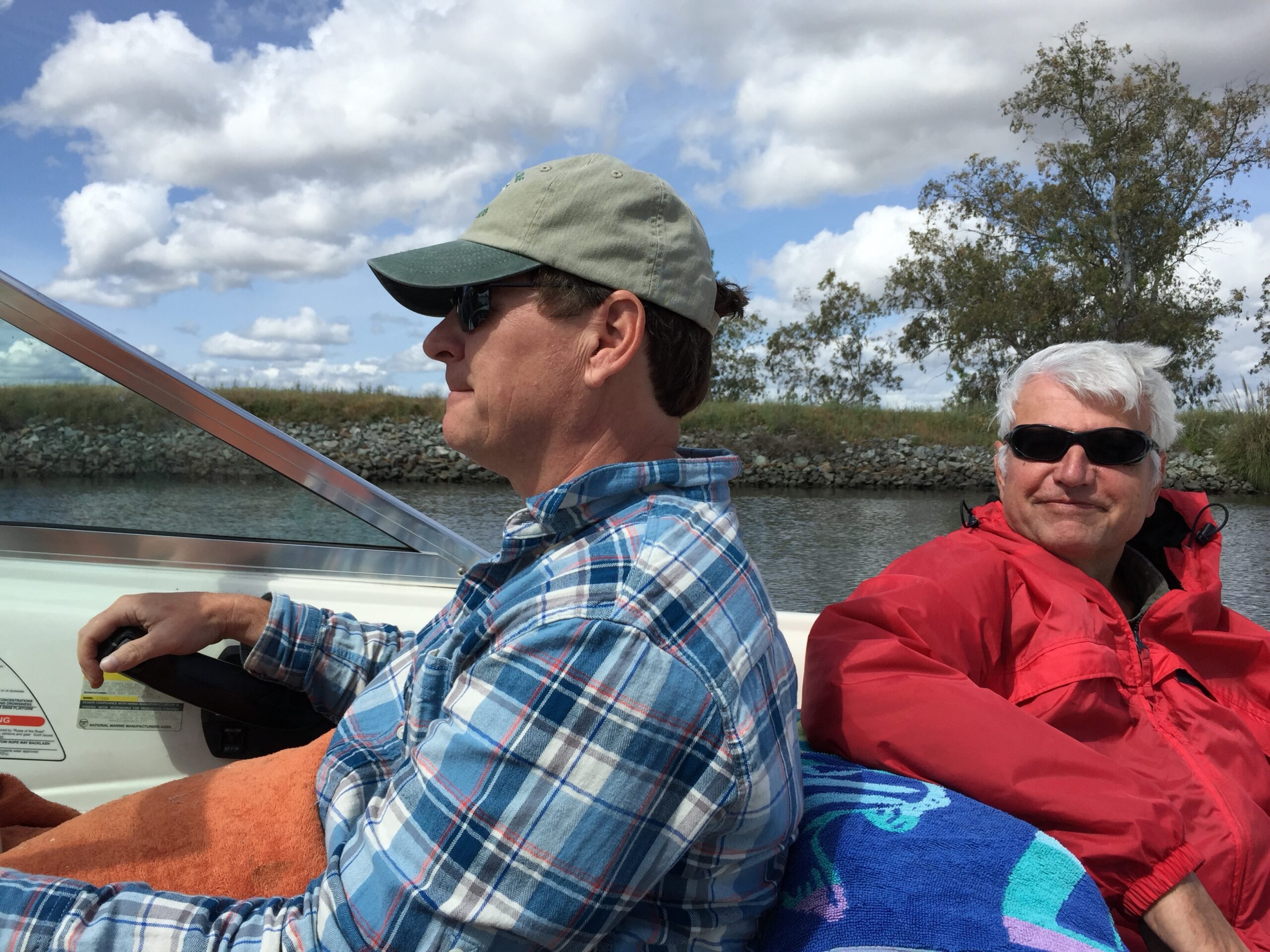

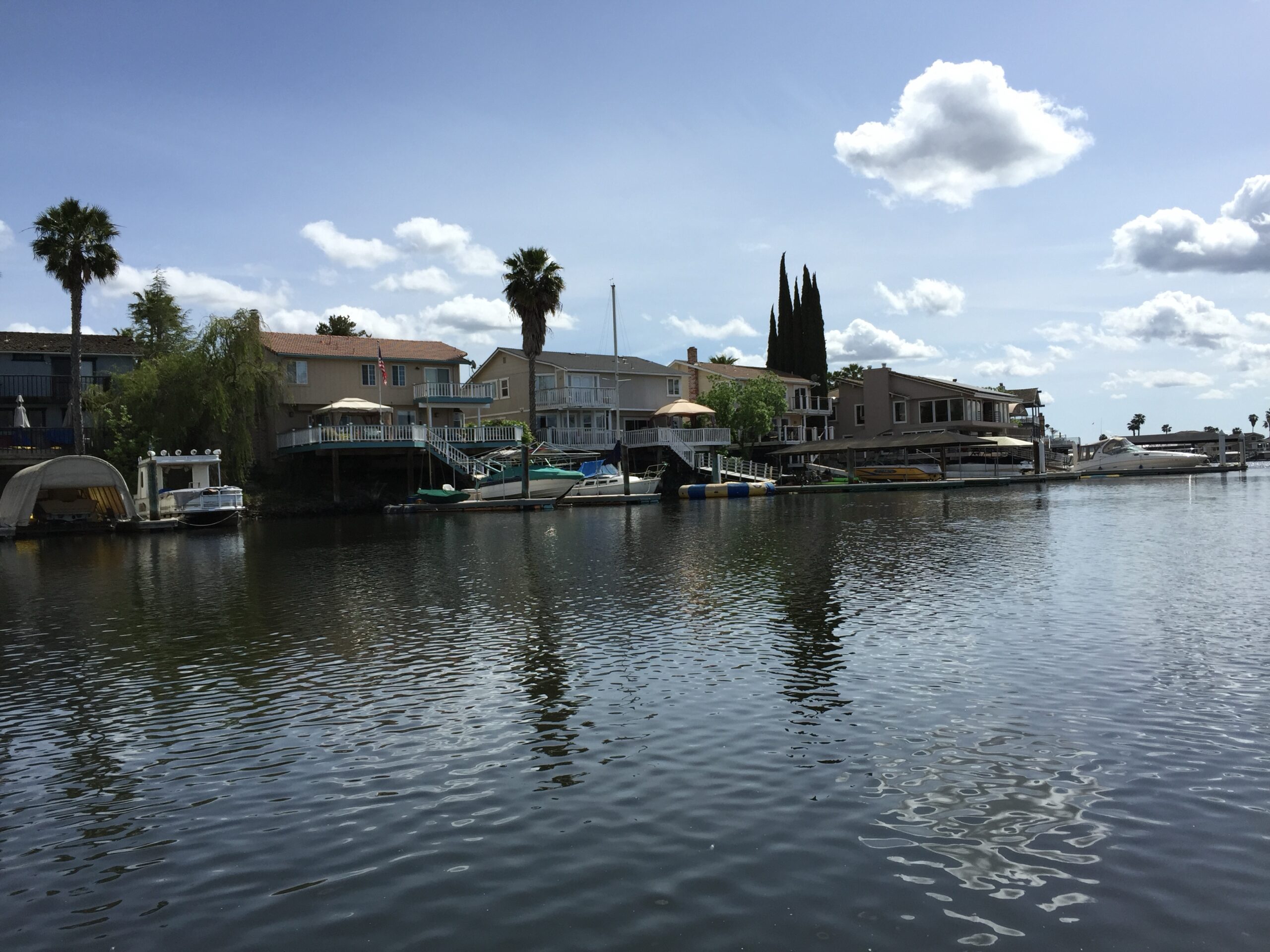
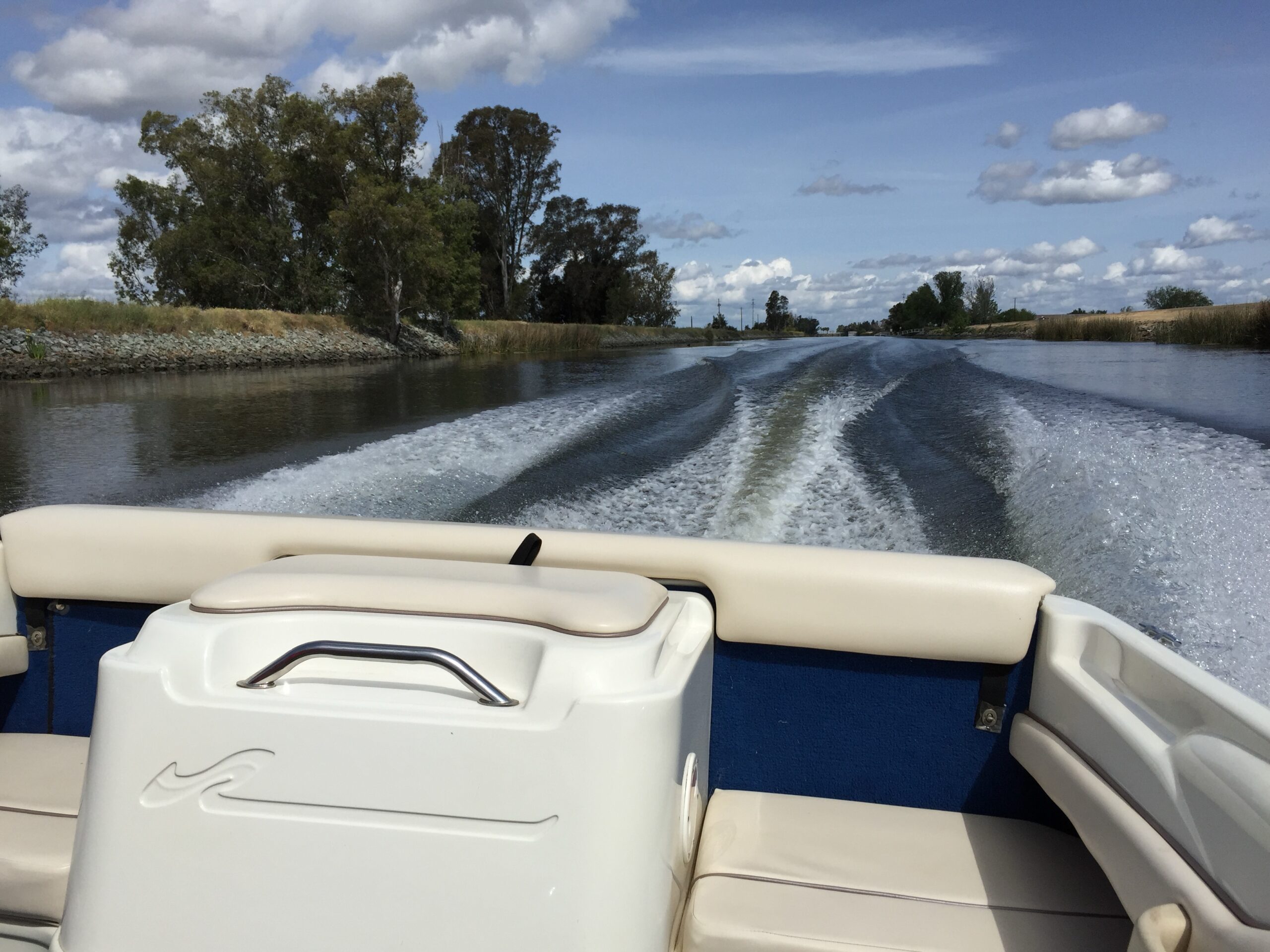
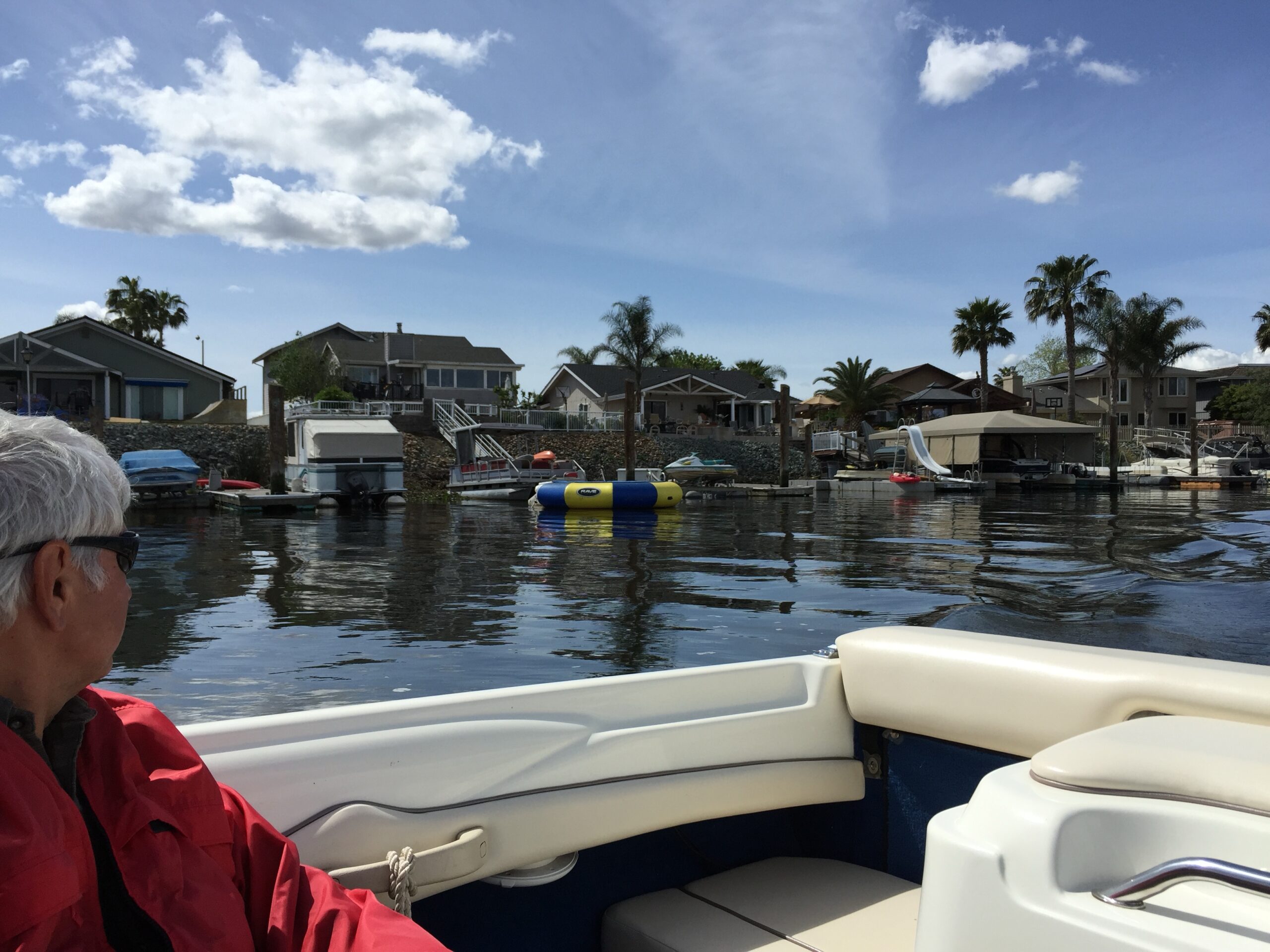
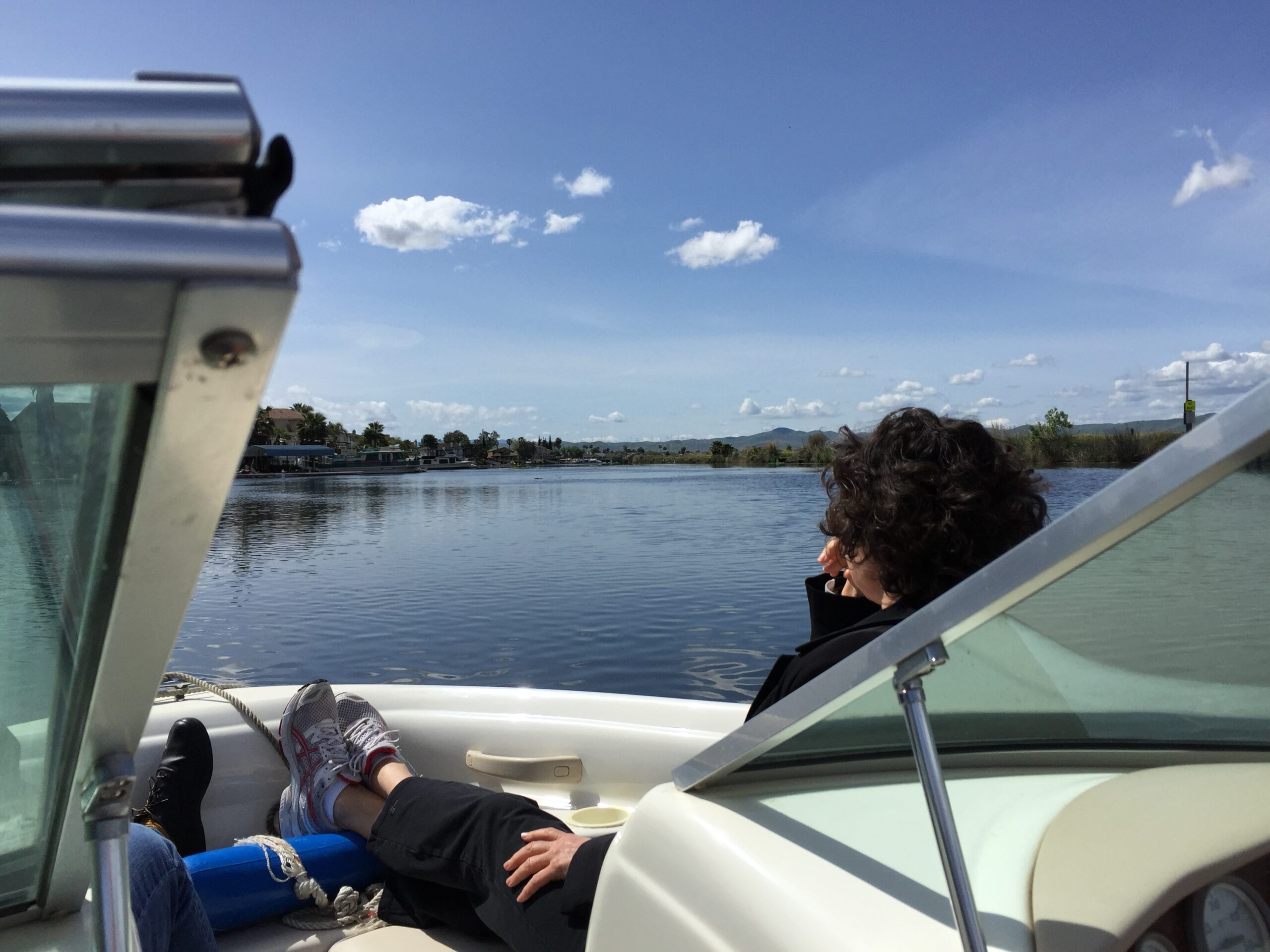
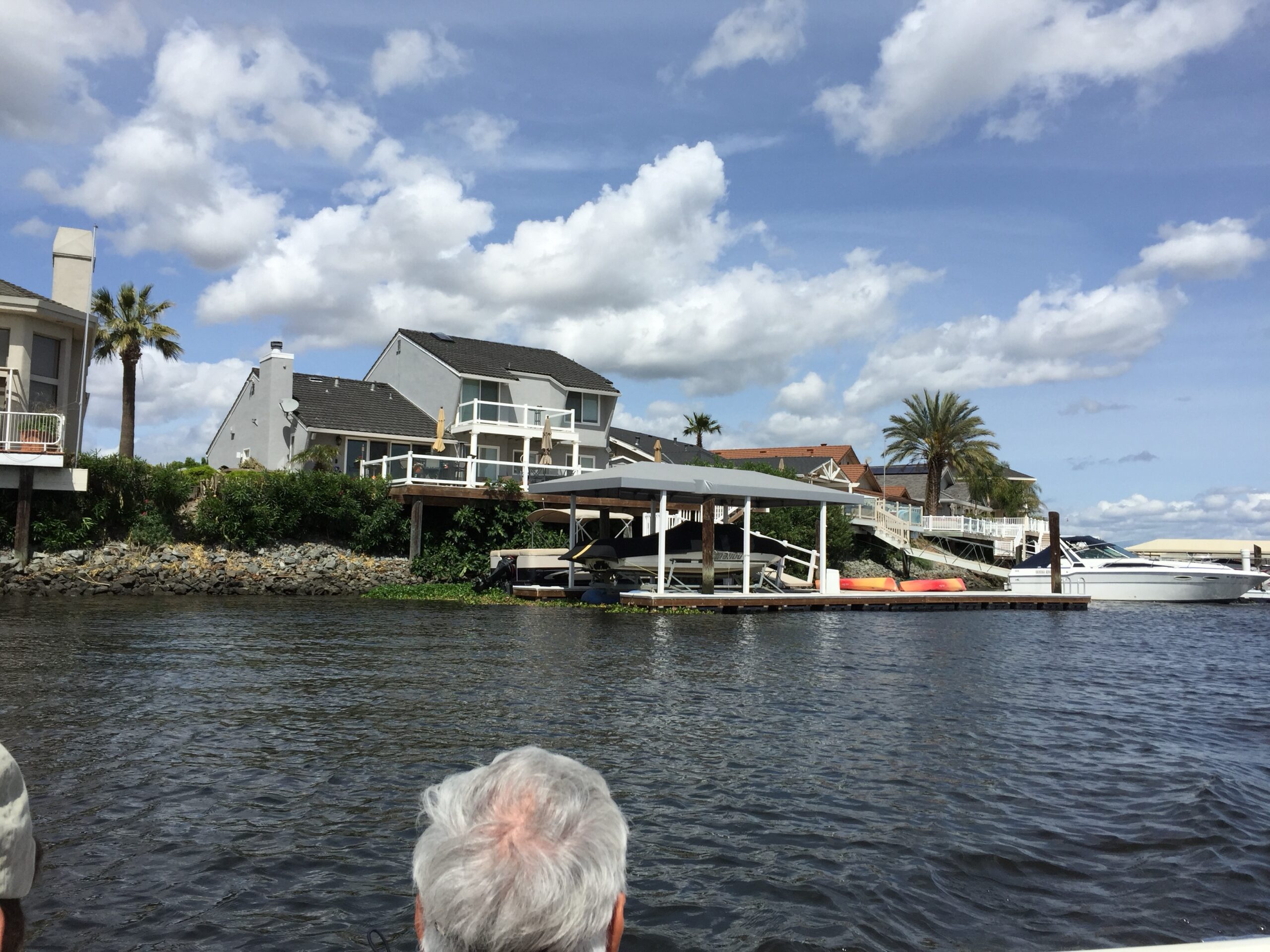
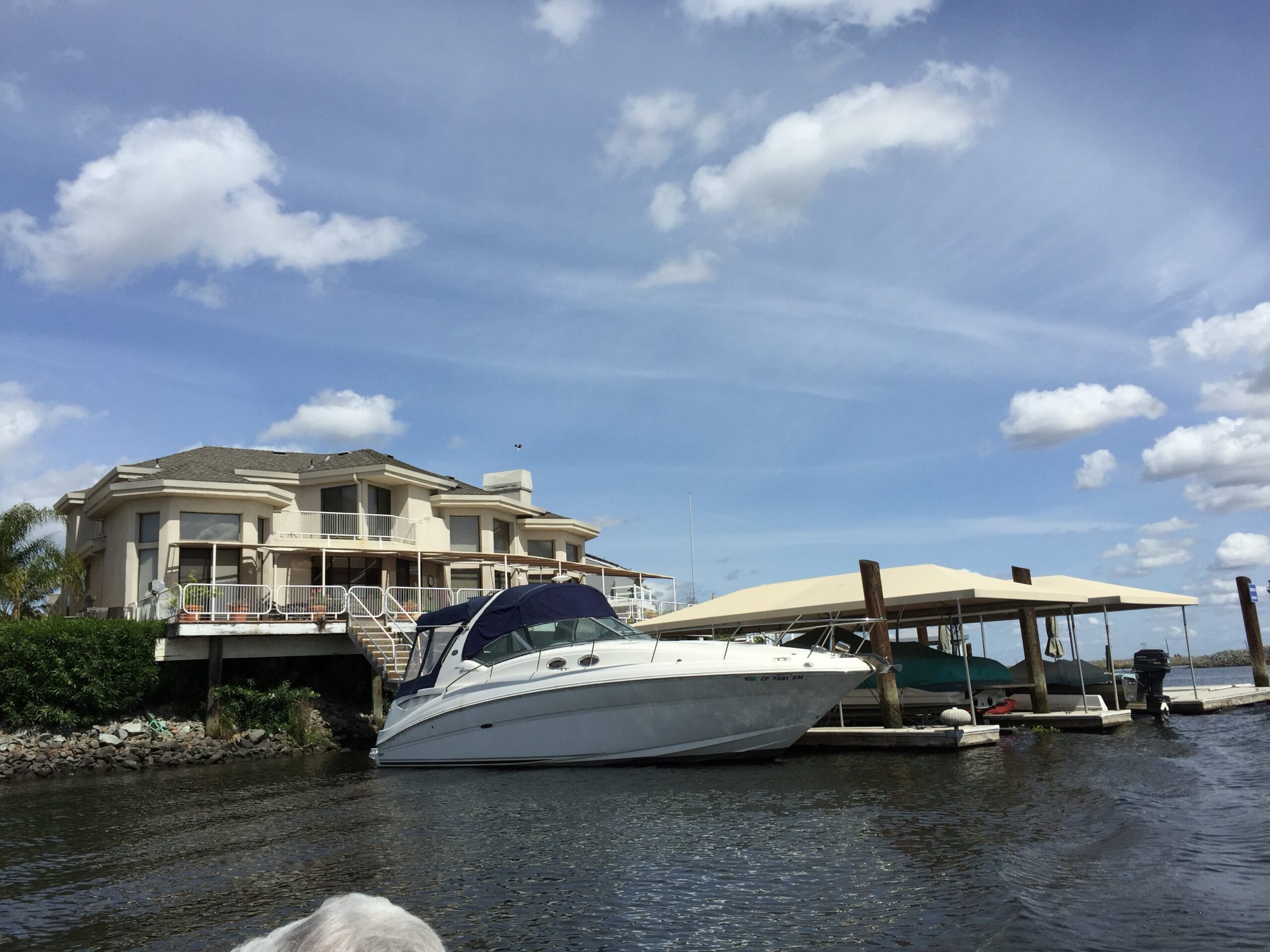
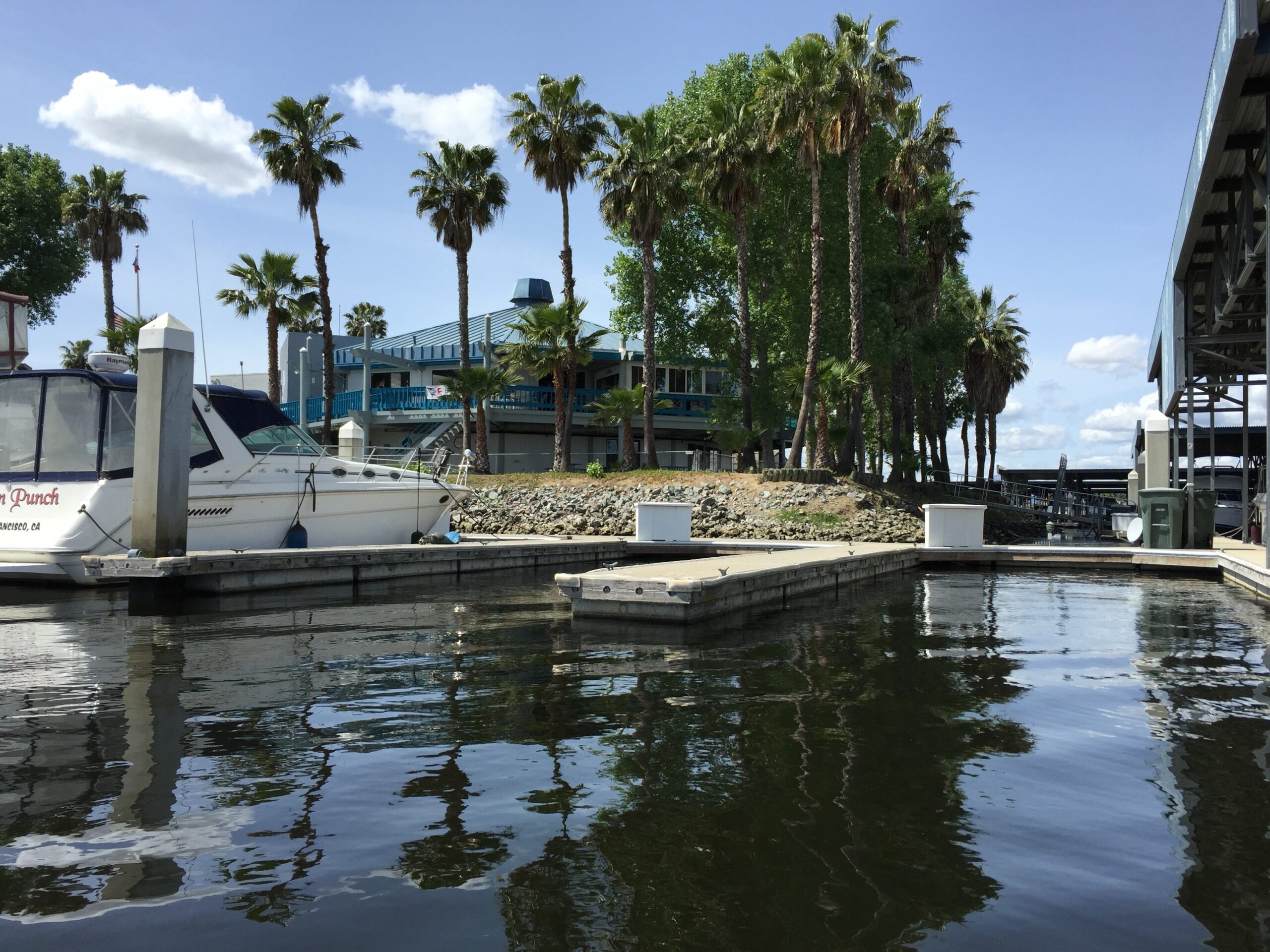
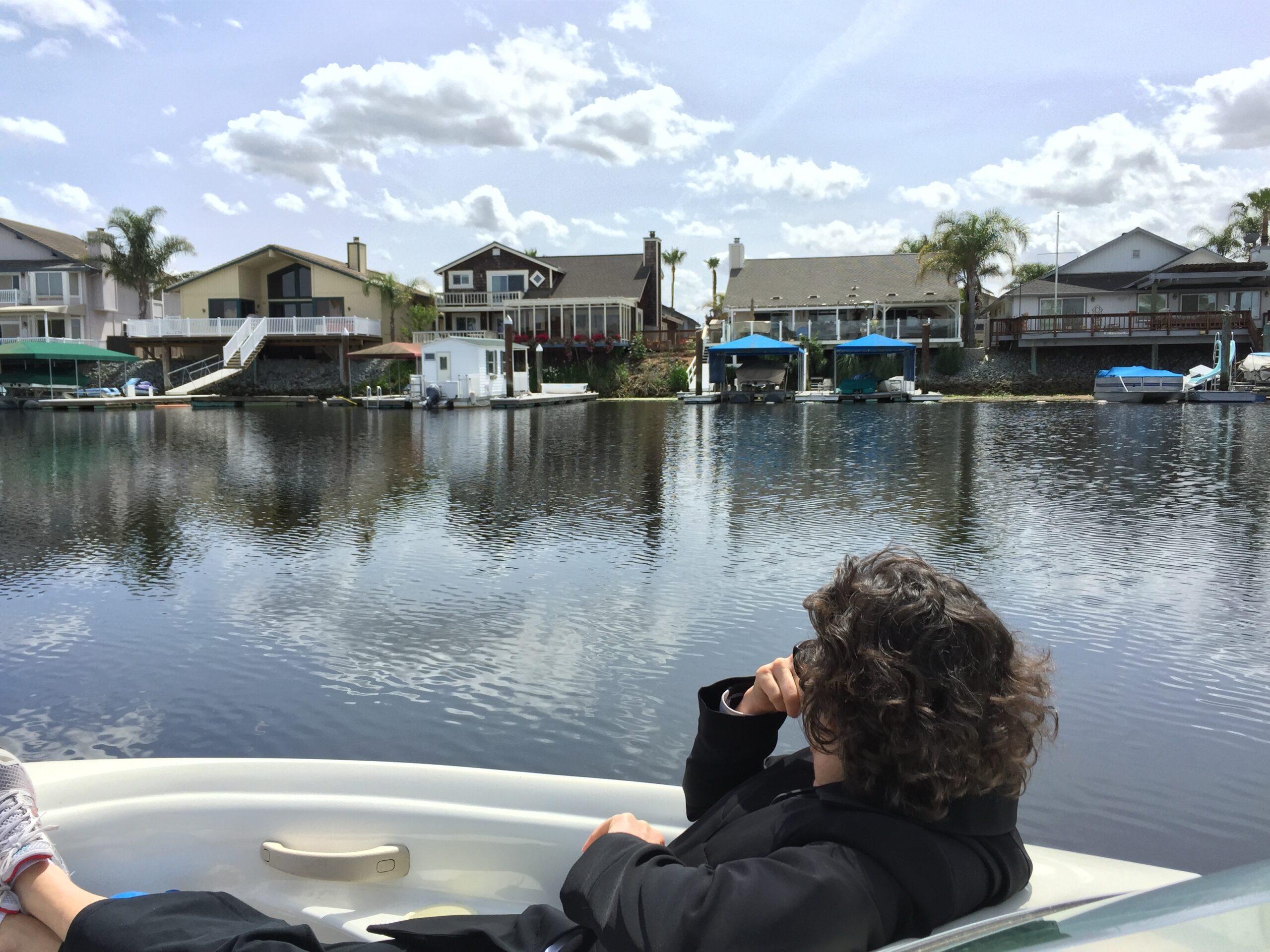
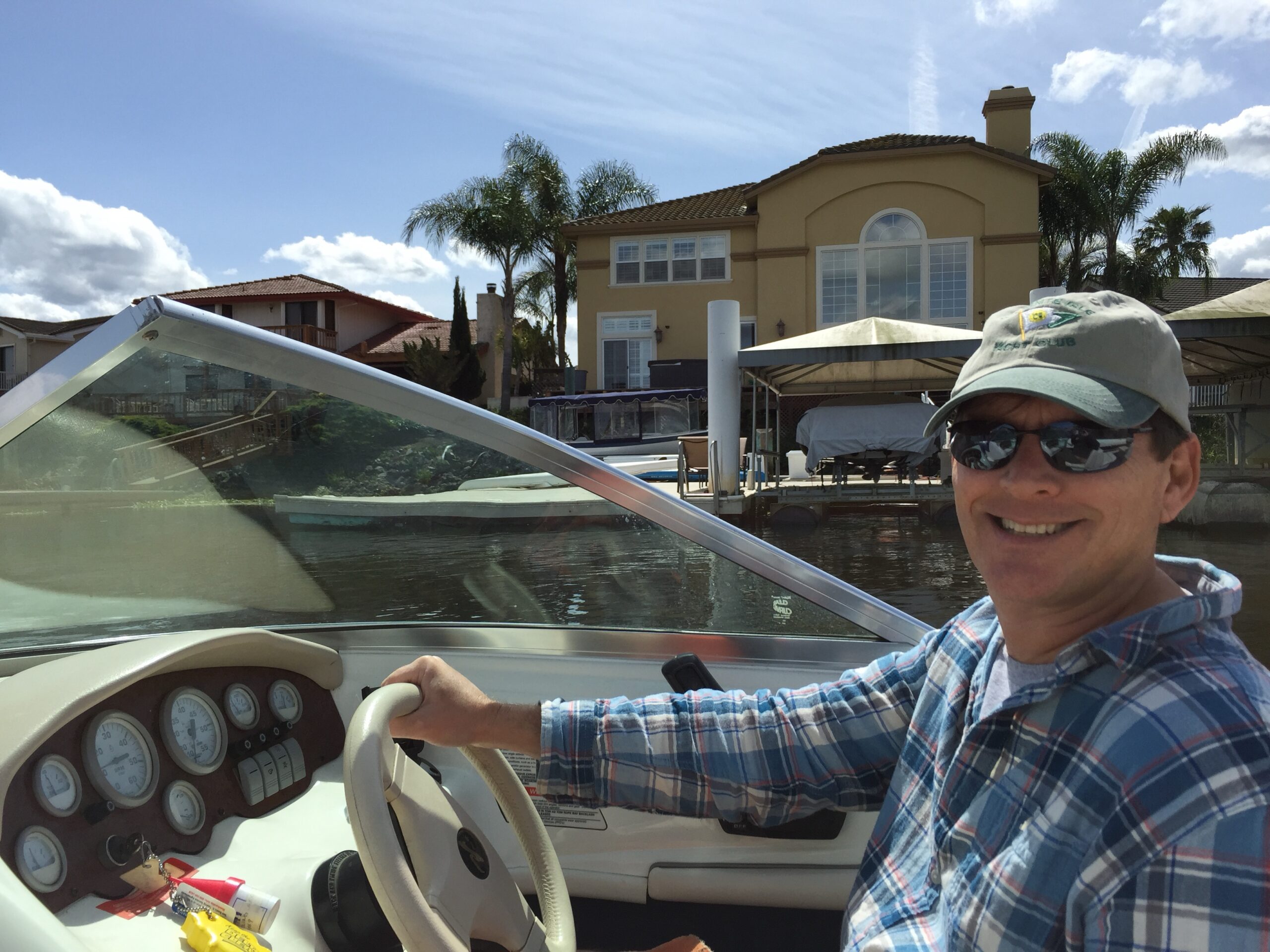
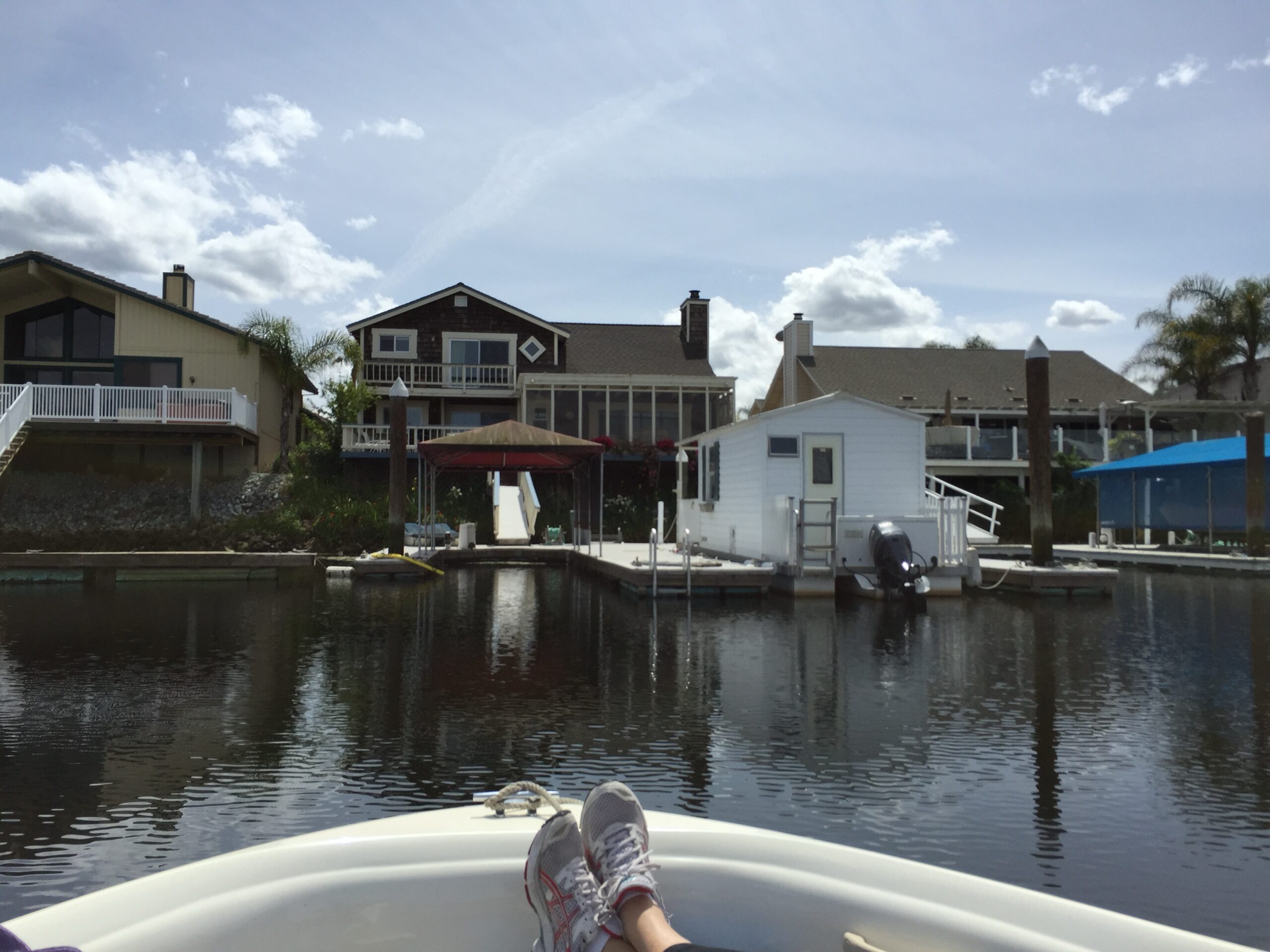
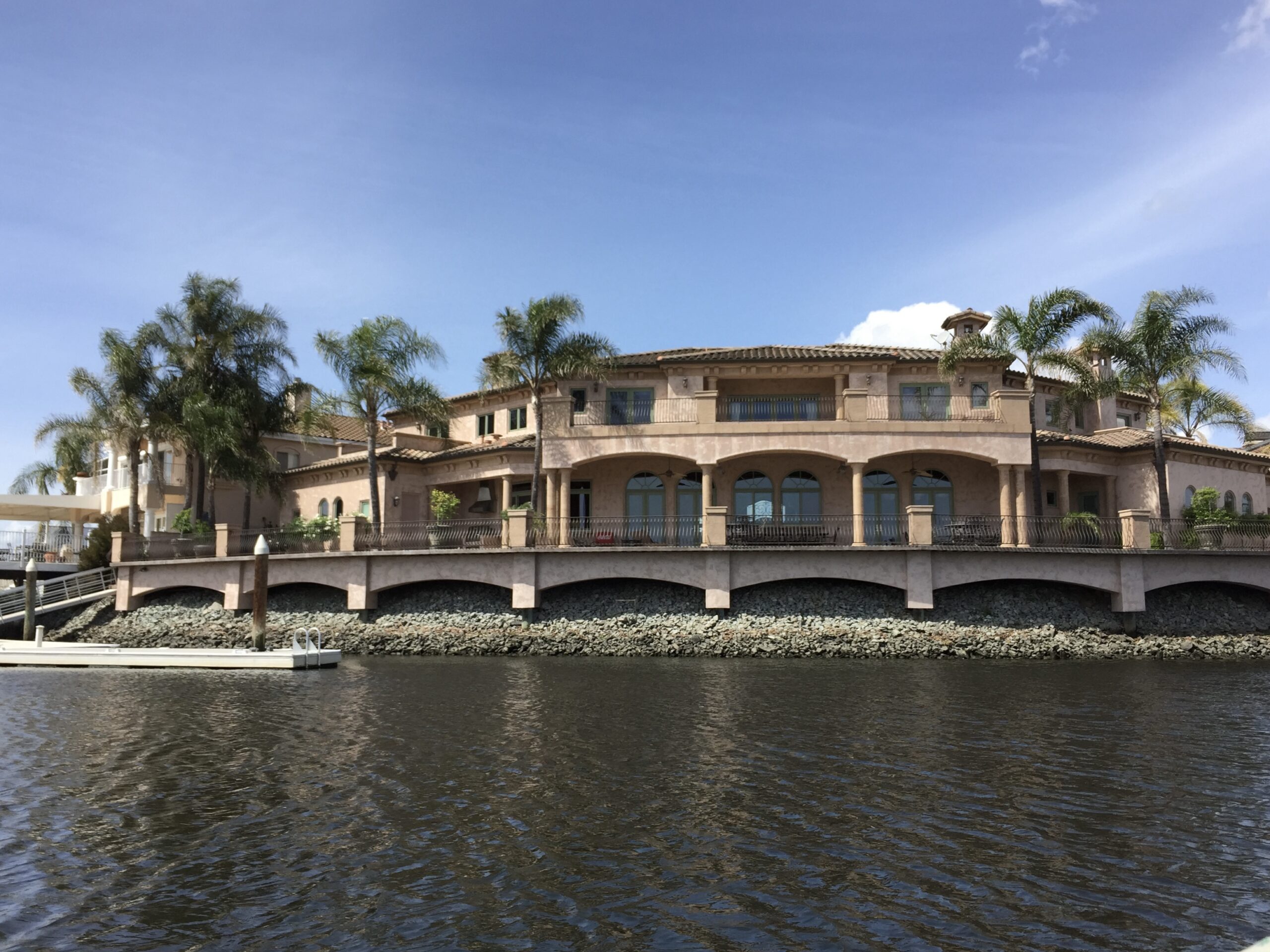
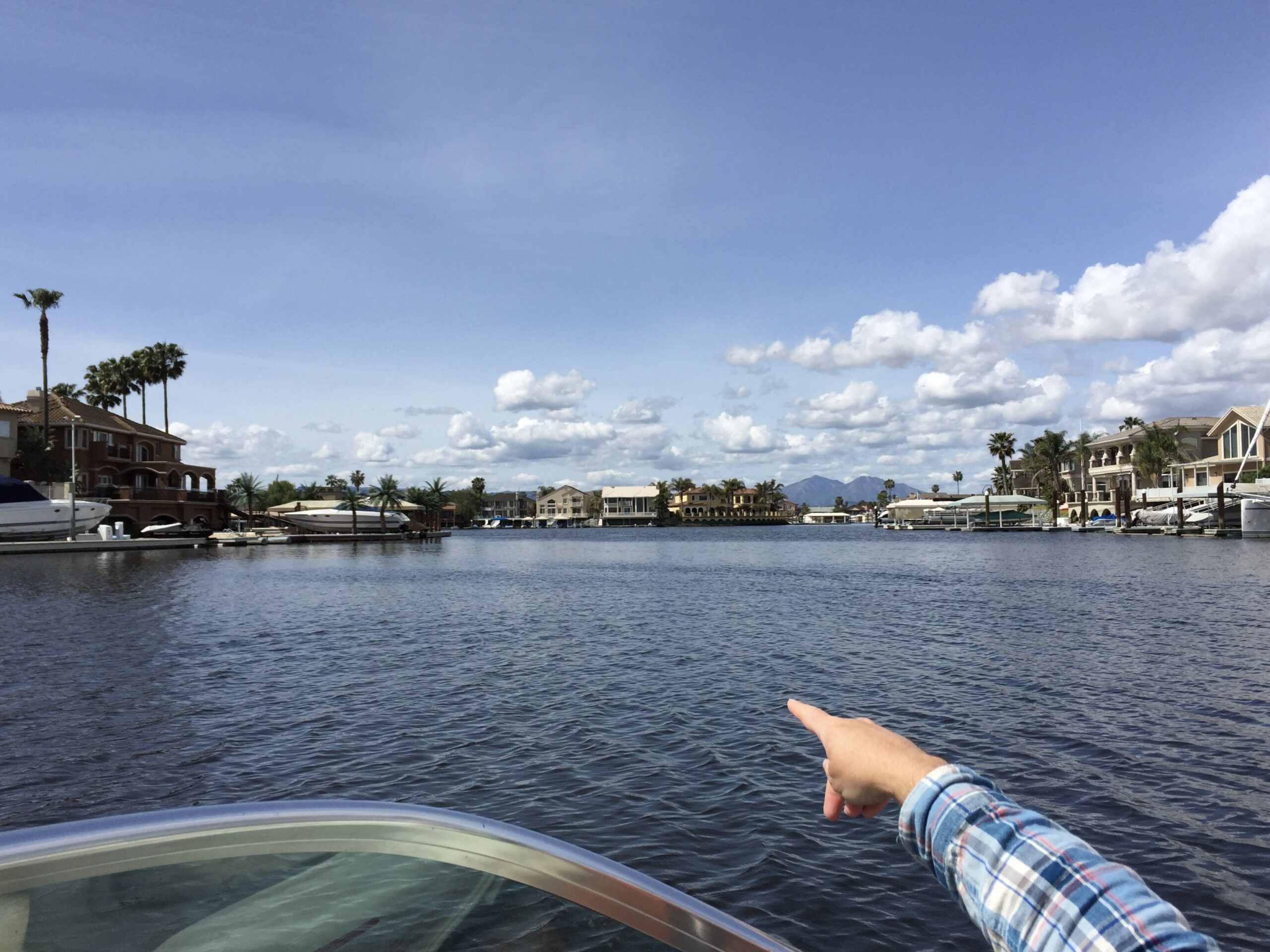
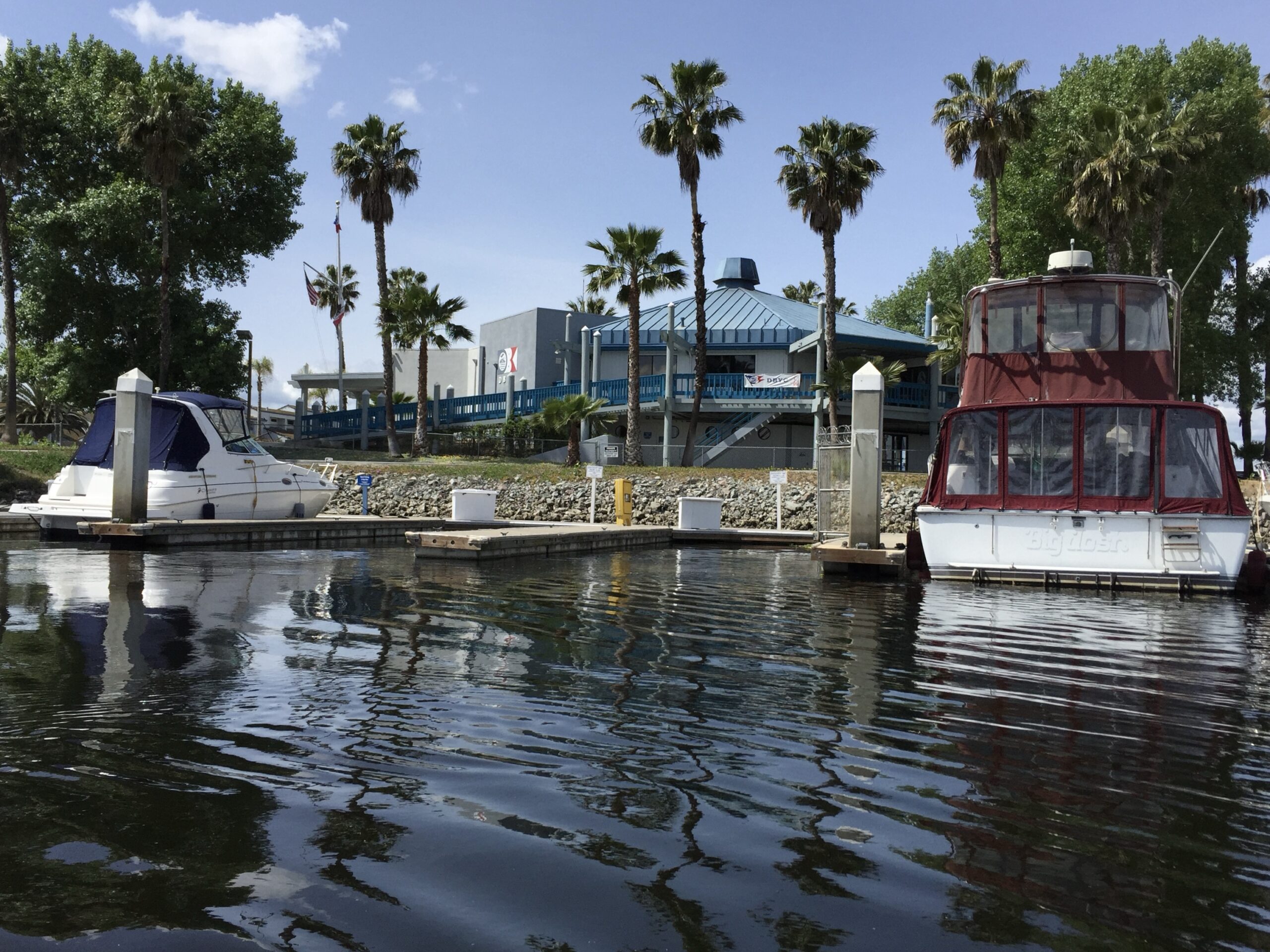
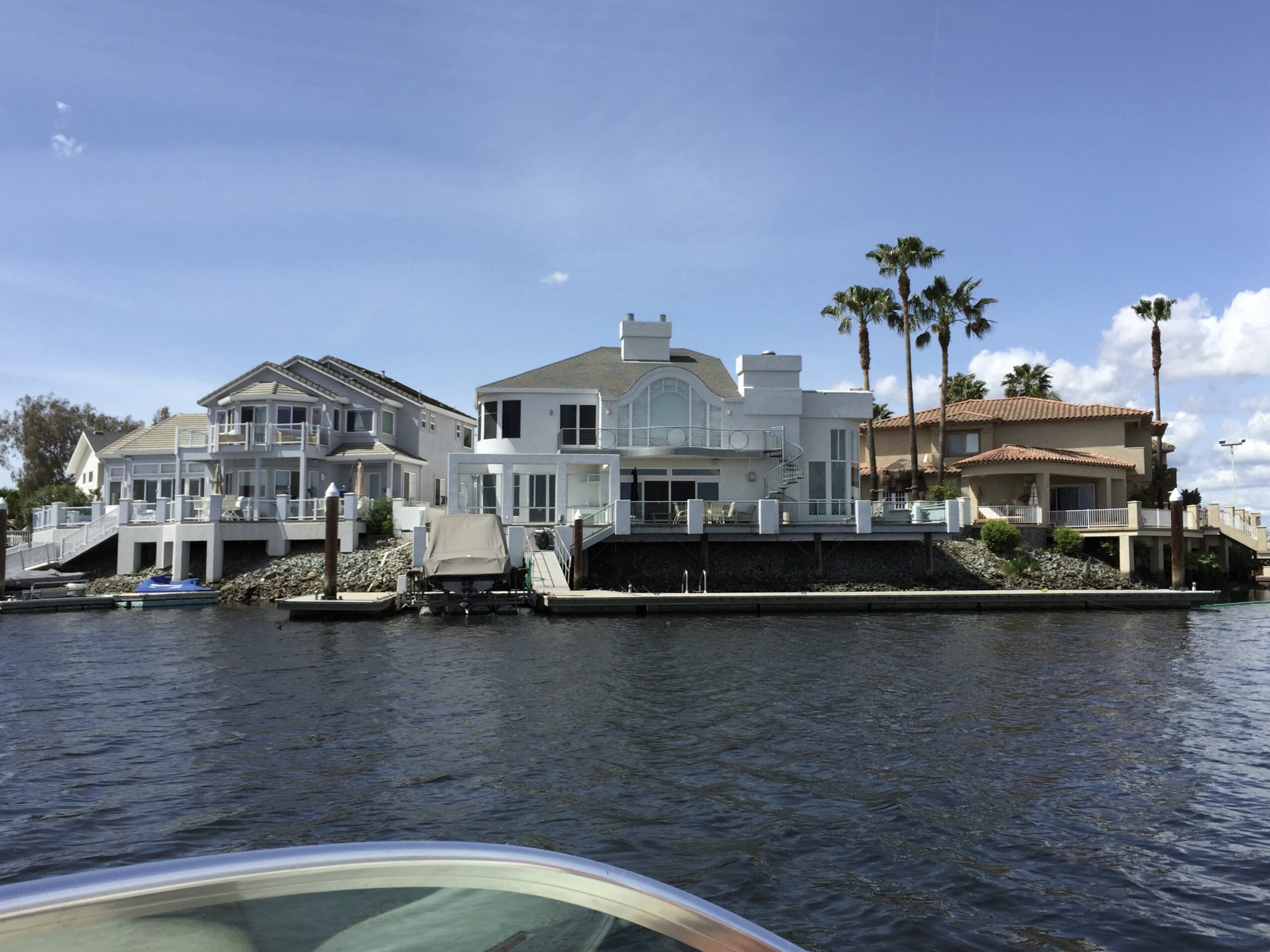
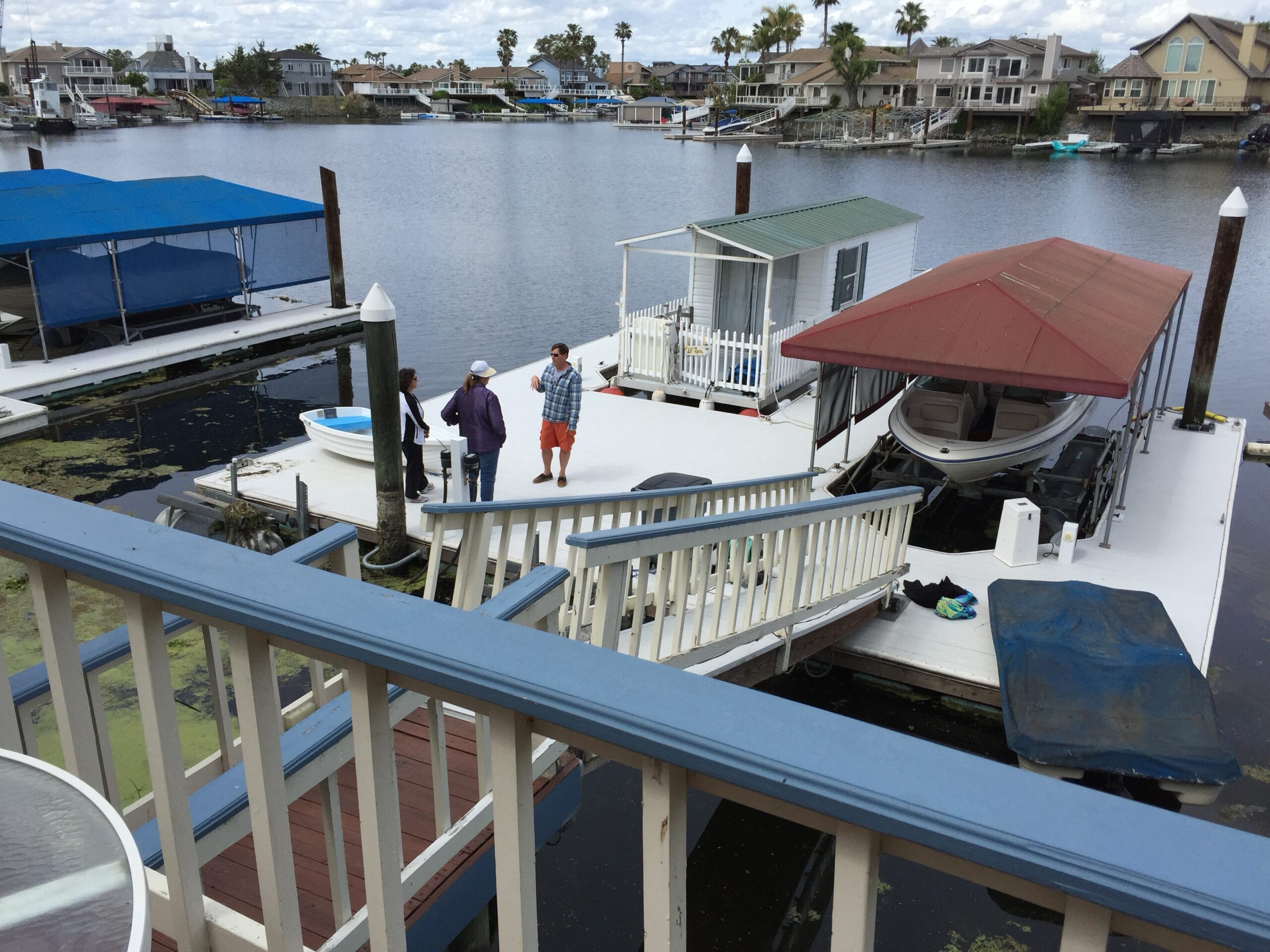

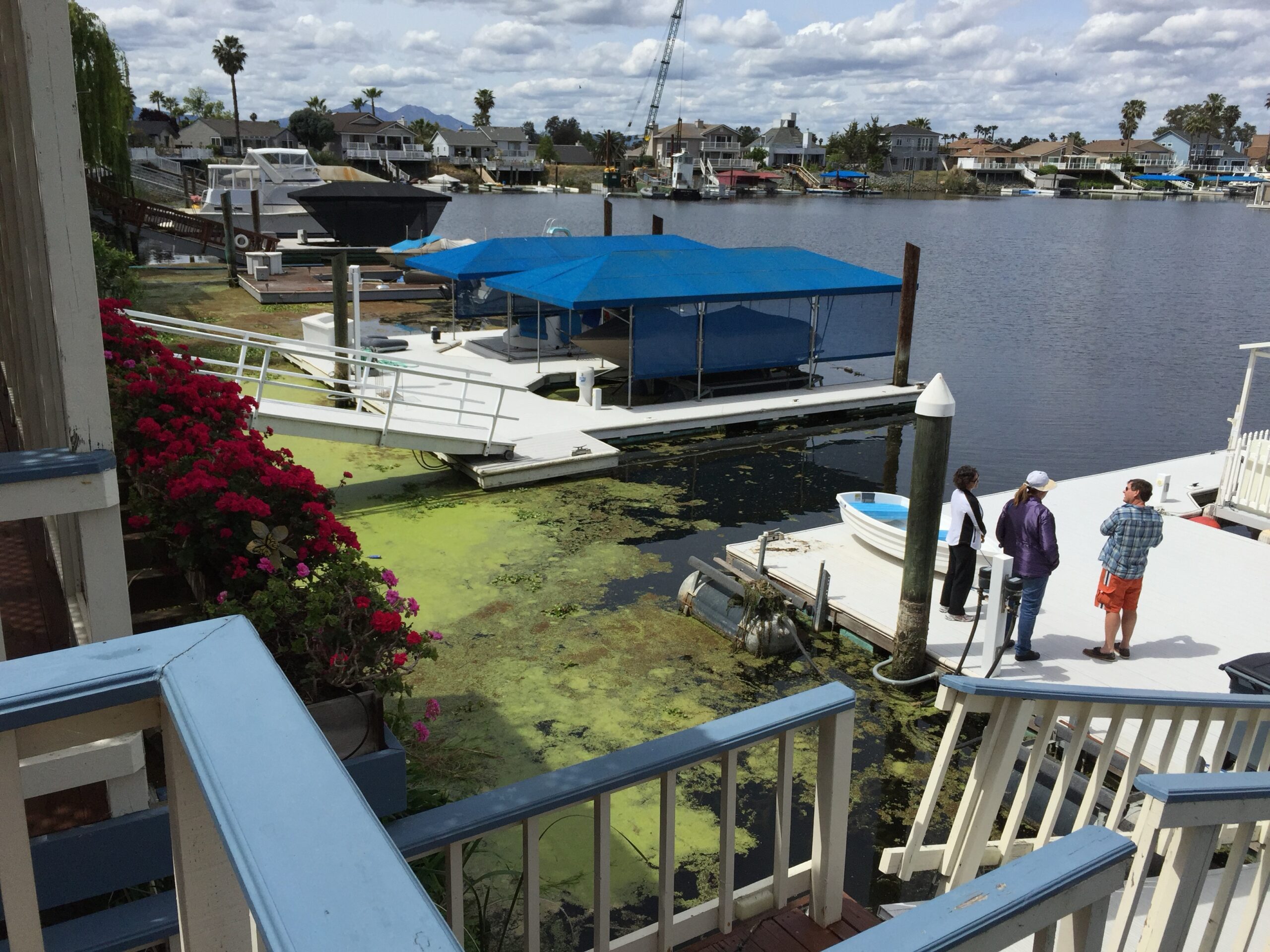
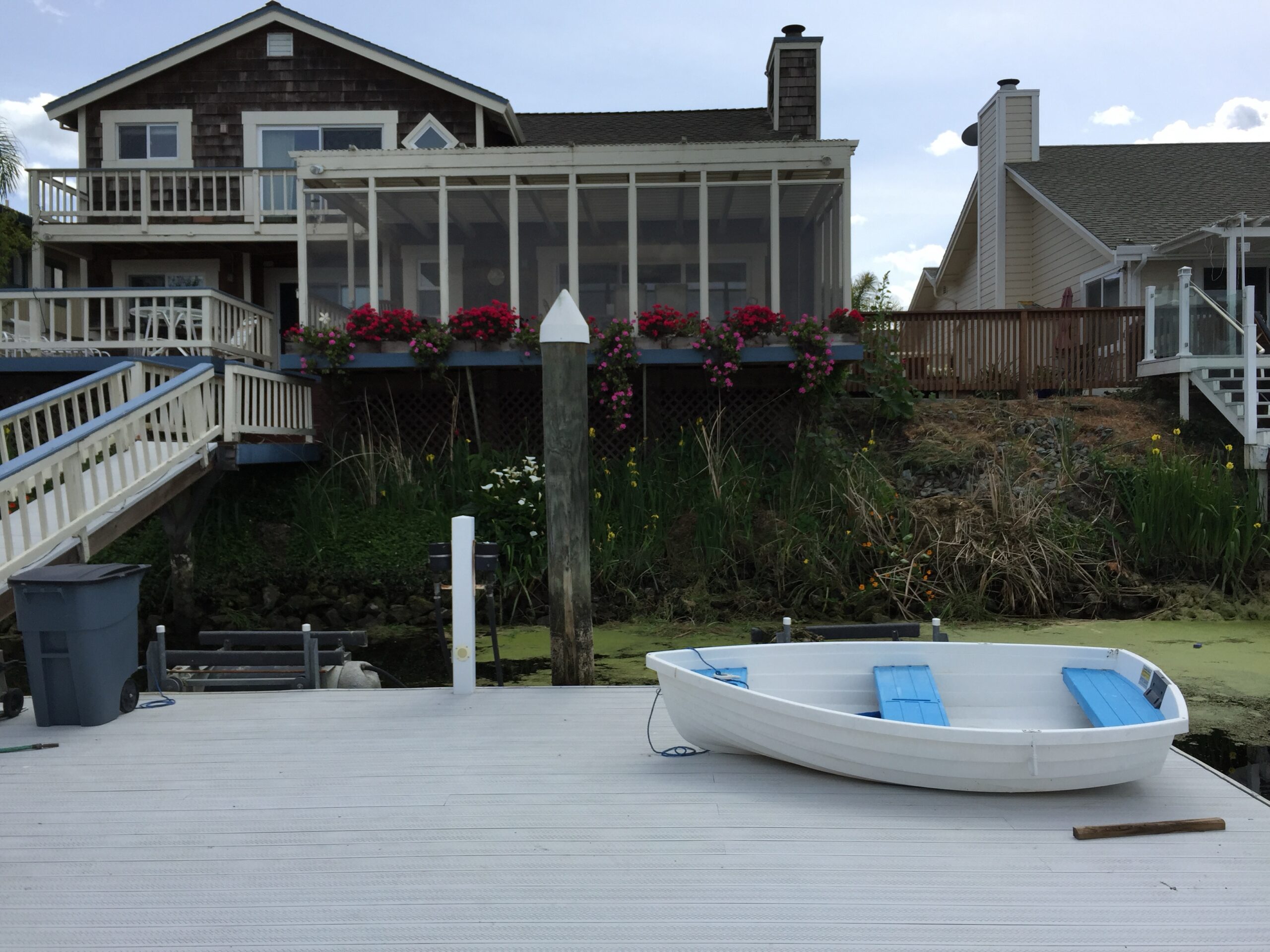




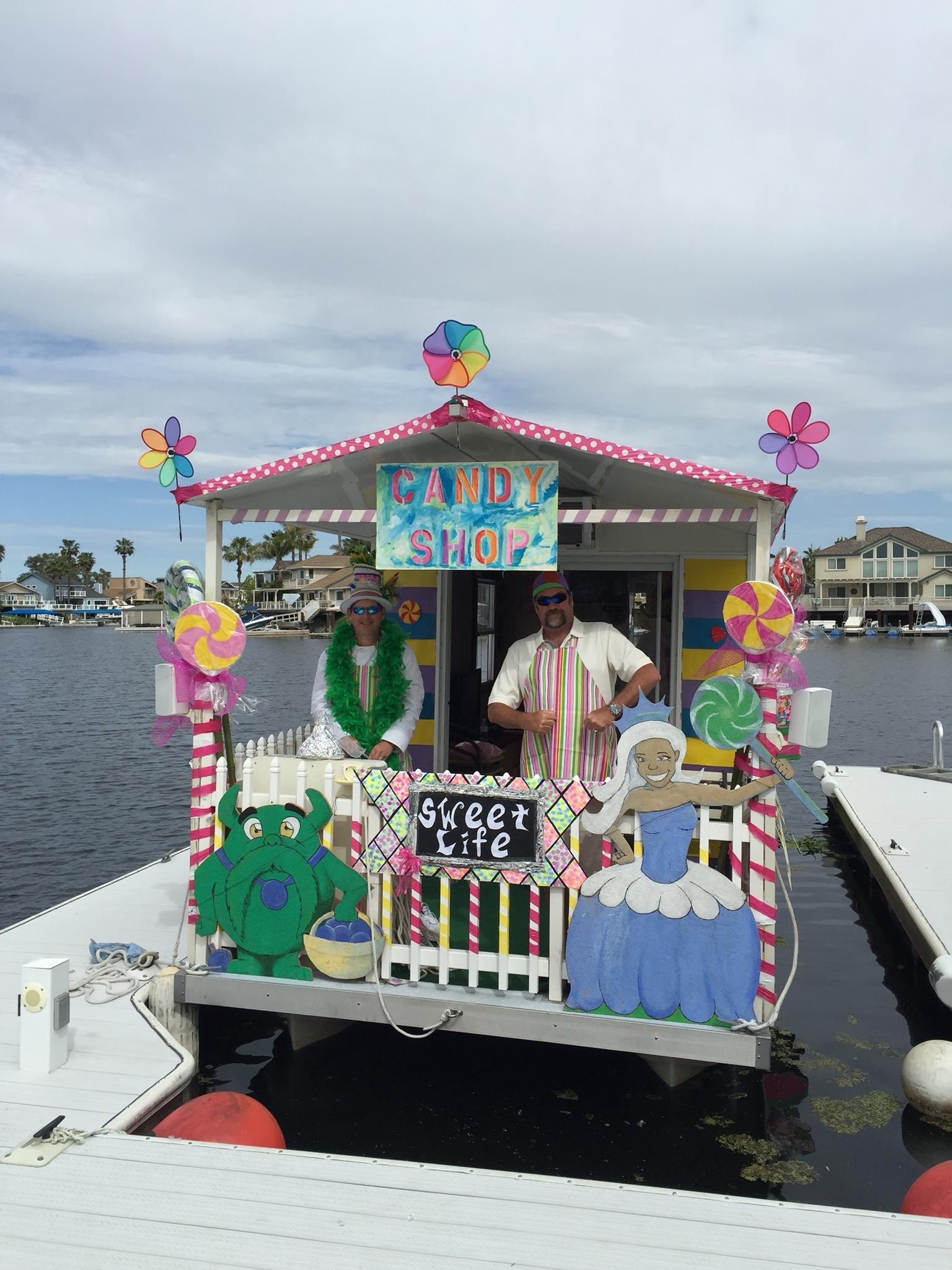
Delta’s Ebb and Flow: From Sternwheelers to Trump’s Woe
From tules tall to levees strong,
The Delta’s tale, a changing song.
Where sternwheelers once did glide,
Mining debris altered the tide.
Gardner’s pen painted scenes so grand,
Of winding sloughs and fertile land.
While dams upstream changed the flow,
Salinity’s dance, high and low.
Reagan’s vision, a heritage site,
Preserved the Delta’s watery might.
Laws enacted to guard its grace,
A liquid heart in California’s face.
Yet Trump’s folly, a misguided hand,
Sought to divert water from this land.
For LA’s fires, a plan ill-conceived,
The Delta’s balance, nearly bereaved.
Now we stand at a crossroads dire,
Balancing water, farm, and fire.
The Delta’s future, yet to unfold,
A story of nature and man, still told.